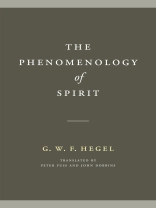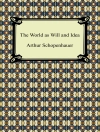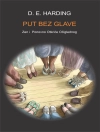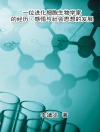The Phenomenology of Spirit, first published in 1807, is G. W. F. Hegel’s remarkable philosophical text that examines the dynamics of human experience from its simplest beginnings in consciousness through its development into ever more complex and self-conscious forms. The work explores the inner discovery of reason and its progressive expansion into spirit, a world of intercommunicating and interacting minds reconceiving and re-creating themselves and their reality. The Phenomenology of Spirit is a notoriously challenging and arduous text that students and scholars have been studying ever since its publication.
In this long-awaited translation, Peter Fuss and John Dobbins provide a succinct, highly informative, and readily comprehensible introduction to several key concepts in Hegel’s thinking. This edition includes an extensive conceptual index, which offers easy reference to specific discussions in the text and elucidates the more subtle nuances of Hegel’s concepts and word usage. This modern American English translation employs natural idioms that accurately convey what Hegel means. Throughout the book, the translators adhered to the maxim: if you want to understand Hegel, read him in the English. This book is intended for intellectuals with a vested interest in modern philosophy and history, as well as students of all levels, seeking to access or further engage with this seminal text.
Cuprins
Acknowledgments
Translators’ Introduction
Preface
Introduction 1 Sense-Certainty: the This & Meaning
2 Perception: Things & Illusoriness
3 Force and Understanding, Appearances & the Supersensuous World
4 Self-Certainty’s Truth
4.A. Self-Consciousness Dependent & Independent: Mastery and Servitude
4.B. The Freedom of Self-Consciousness; Stoicism, Skepticism, & the Unhappy Consciousness
5 Reason: its Certainty and its Truth
5.A. Observational Reason
a. Observation of Nature
b. Observation of Self-Consciousness in its Purity & in Relation to External Actuality: Logical & Psychological Laws
c. Observation of the Relation of Self-Consciousness to Immediate Actuality: Physiognomy & Phrenology
5.B. The Self-Actualization of Rational Self-Consciousness
a. Pleasure and Necessity
b. The Law of the Heart & Arrogance Run Amok
c. Virtue & the Way of the World
5.C. Individuality that Deems Itself Genuinely Real In & For Itself
a. A Realm of Intelligent Animals and Deceit: the Abiding Concern
b. Legislative Reason
c. Reason Putting Law to the Test
6 Spirit
6.A. Pristine Spirit: the Ethical Way of Life
a. he Ethical World: Law Human & Divine, Man & Woman
b. Ethical Action: Knowledge Human & Divine, Guilt & Destiny
c. Legal Status
6.B. Spirit Estranged From Itself: Culture
1 The World of Self-Estranged Spirit
a. Culture & Its Sphere of Actuality
b. Faith & Pure Insight
2 Enlightenment
a. Enlightenment’s Struggle with Superstition
b. The Truth of Enlightenment
3 Total Freedom & Terror
6.C. Spirit Certain of Itself: Morality
a. The Moral World-View
b. Misrepresentation
c. Conscience; the Beautiful Soul: Evil and its Forgiveness
7 Religion
7.A. Natural Religion
a. The Divine Light
b. Plant & Animal
c. The Artificer
7.B. Art-Religion
a. The Abstract Artwork
b. The Living Artwork
c. The Spiritual Artwork
7.C. Manifest Religion
8 Absolute Knowledge
Despre autor
John Dobbins is a former research assistant at University of Missouri–St. Louis.












